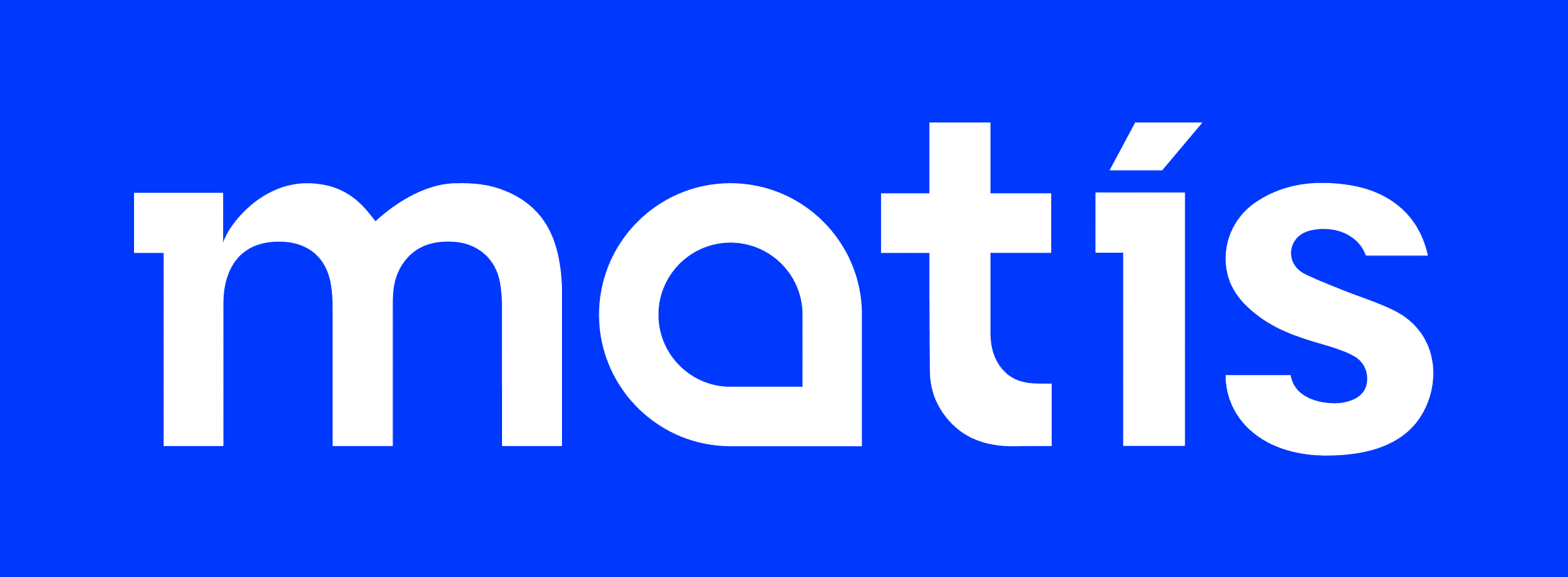Per- and poly-fluoroalkyl substances (PFAS) are a class of synthetic industrial compounds used to produce water and oil-repellent coatings for products such as clothing, non-stick cookware, and fast-food packaging. The major route of exposure to these chemicals is through ingestion of contaminated food and water, however status of PFAS pollution in Iceland remains largely unknown. This project will provide essential information on the PFAS content of domestically produced eggs and feed to ensure the egg products are safe for consumption.
PFAS concentrations were found to be well below EU maximum levels for all commercially produced eggs analysed, including those from the years 2016-2022. However, home-produced eggs collected near Keflavík international airport (Garður) contained high levels of PFAS which exceeded EU maximum levels for PFOS during the Summer. There were no direct links between the levels of PFAS found in feed and eggs, and the degree of contamination is more likely linked to the location where hens are kept and the length of time spent outdoors. From these results it was concluded that the inclusion of fishmeal in laying hen feed did not increase PFAS levels in eggs produced in Iceland. This project has shown that free-range Icelandic eggs and the majority of home-produced eggs (depending on location) are safe for consumers. However, commercially produced eggs are significantly safer for children and those consuming high numbers of eggs per week.
Eggs produced in Iceland were rich in essential trace elements (Fe, Zn and Se), minerals (Na, Mg, P, K and Ca), unsaturated fatty acids and Omega-3, and are an important protein source for nearly all demographics of consumers. Commercially produced eggs were also low in heavy metals, however, relatively high levels of Pb were detected in egg samples collected near Keflavík and concentrations were seven times higher than all other samples.
These results could prompt further expansion of commercial egg production in Iceland, which would in turn would reduce the reliance on imported sources for during shortages or for industries such as hospitality. This important work may also lead to further investigation of PFAS and Pb contamination arising from Keflavík airport and how this may be impacting the health of those living in this area.



